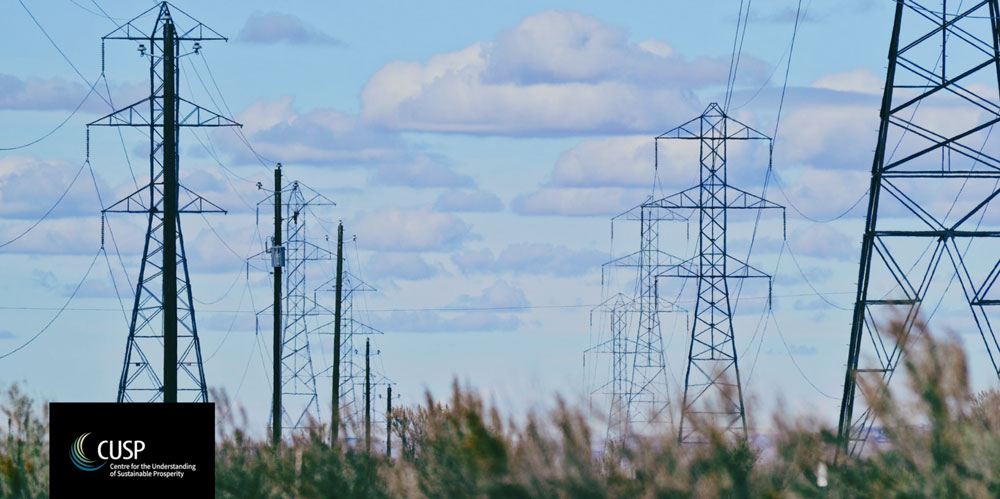Modelling the macroeconomics of a ‘closing the green finance gap’ scenario for an energy transition
Journal Paper by Sarah Hafner, Aled Jones, Annela Anger-Kraavic and IreneMonasterolo
Environmental Innovation and Societal Transitions, Vol 20 | November 2021

Summary
Reaching the UK net-zero emissions target translates into substantial investment requirements into low-carbon energy infrastructure. However, investors are currently not investing sufficiently in renewable energy capacity, leading to the so-called green finance gap. Current energy-economy models generally do not reveal the macroeconomic implications of policies aimed at scaling-up green finance for energy transitions. In light of this background, Sarah Hafner et al extend the energy-economy Green Investment Barrier Model with the insights from a systematic literature review to investigate the macroeconomic implications of a policy scenario designed to close the green finance gap in combination with and without a scenario to decarbonise the power sector.
The paper is available via the Science Direct website. If you have difficulties accessing the paper, please get in touch: info@cusp.ac.uk.
Citation
Hafner S, Jones A, Anger-Kraavic A and I Monasterolo 2021. Modelling the macroeconomics of a ‘closing the green finance gap’ scenario for an energy transition. In: Environmental Innovation and Societal Transitions, Vol 20. https://doi.org/10.1016/j.eist.2021.10.006



